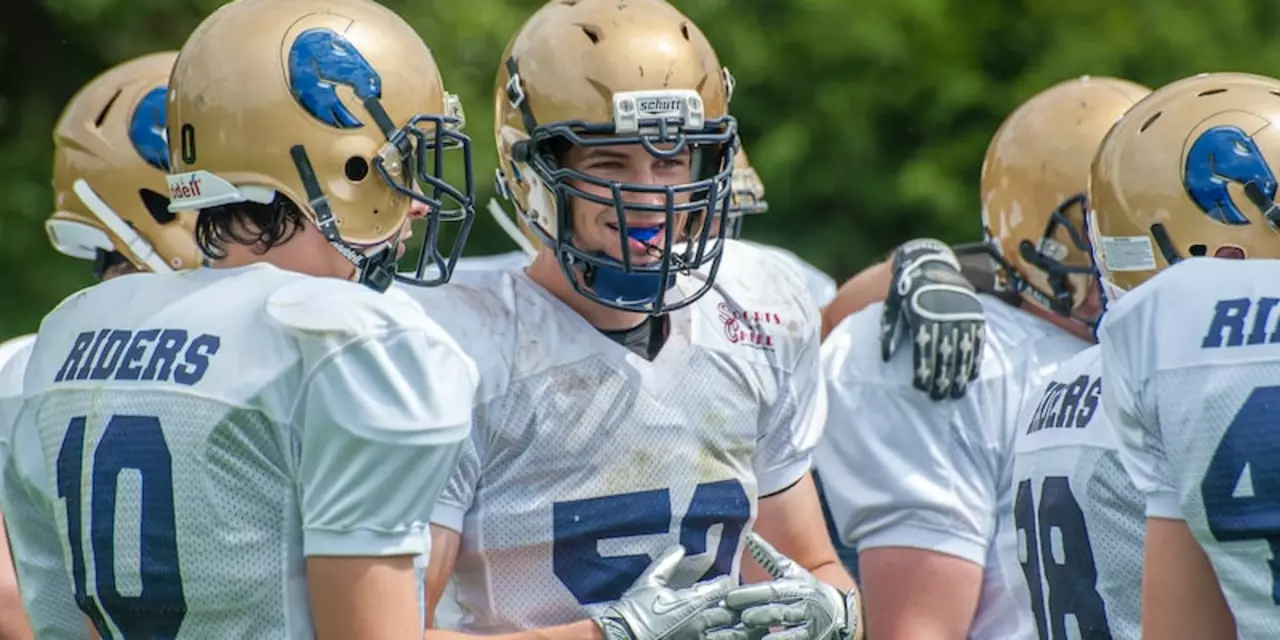Sports & Recreation: Dive into Health, Teamwork, and Skill Building
When you think about Sports & Recreation, the inclusive field that covers everything from school leagues to community fitness clubs. Also known as physical sports and leisure, it offers a mix of health benefits, social interaction, and personal growth, the category becomes a hub for anyone wanting to stay active. Sports & Recreation isn’t just a label; it’s a network that connects people, builds confidence, and keeps bodies moving.
Why High School Sports Matter and How They Shape You
One of the most relatable corners of this network is high school sports, organized athletic programs offered to teenagers in secondary schools. Also called school athletics, it teaches discipline, improves fitness, and creates lasting friendships. Even if you’re not sure you’ll love the activity at first, the experience can spark motivation that spills over into academics and daily routines. Think of it as a trial run: you can pause, reflect, or switch to a different sport without losing the core benefits of staying active.
High school sports require teamwork, the ability to work together toward a common goal. This skill doesn’t stay locked on the field; it follows you into group projects, part‑time jobs, and even family life. When you learn to trust a teammate’s pass or coordinate a play, you’re also learning to trust yourself and others in everyday tasks. In short, high school sports builds a social muscle that’s just as important as the physical one.
Another piece of the puzzle is physical activity, any movement that increases heart rate and uses energy. Regular activity boosts mood, sharpens focus, and supports healthy growth. When combined with the structure of school teams, it creates a feedback loop: better fitness leads to better performance, which fuels confidence, encouraging more consistent participation.
Motivation often feels like a fickle friend, coming and going based on mood or peer pressure. The good news? motivation, the internal drive that pushes you to take action can be nurtured by setting small, achievable goals within a sport. Whether it’s improving a sprint time or mastering a new swimming stroke, each win adds a spark that keeps you moving forward.
All these elements connect in a simple chain: Sports & Recreation encompasses high school sports, which requires teamwork; teamwork thrives on regular physical activity, and consistent activity fuels motivation. This web shows how one choice—joining a sport—can ripple through many aspects of life.
Below you’ll find practical insights, personal stories, and expert tips that dive deeper into each of these topics. Whether you’re a teen questioning whether to try a new team, a parent guiding a child’s involvement, or an adult looking for a community sport, the collection ahead offers real‑world advice to help you decide, stay motivated, and make the most of every game.
Spencer Matthews and Vogue Williams Deny Marriage Rumors Amid I'm A Celeb Appearance
Spencer Matthews and Vogue Williams denied marriage rumors after Vogue confirmed her role in I'm A Celeb 2025, calling speculation 'fabricated.' The couple, married since 2019, released a joint statement and photo, countering tabloid claims with calm unity.
Should I play a sport in high school even if I might not like it?
Playing a sport in high school can be a great way to stay active, make friends and learn important teamwork skills. However, if you don’t particularly enjoy the sport, it can be hard to stay motivated. It is important to consider the different benefits of playing a sport before deciding whether or not to play. It is ok to take some time away from the sport and reevaluate your feelings towards it, or to try a different sport to find one that is more enjoyable. Ultimately, it is up to the individual to decide if they should play a sport in high school.


